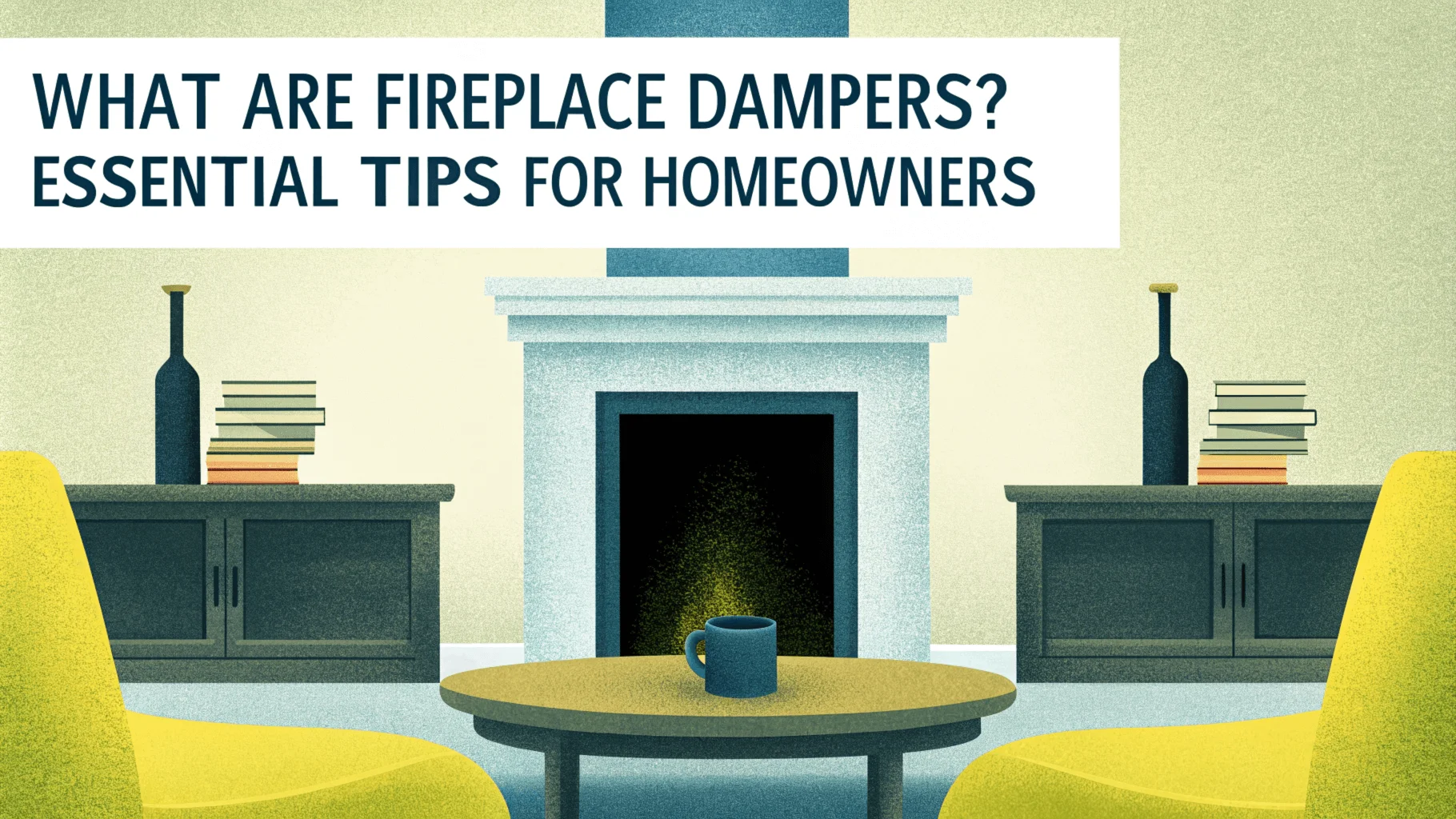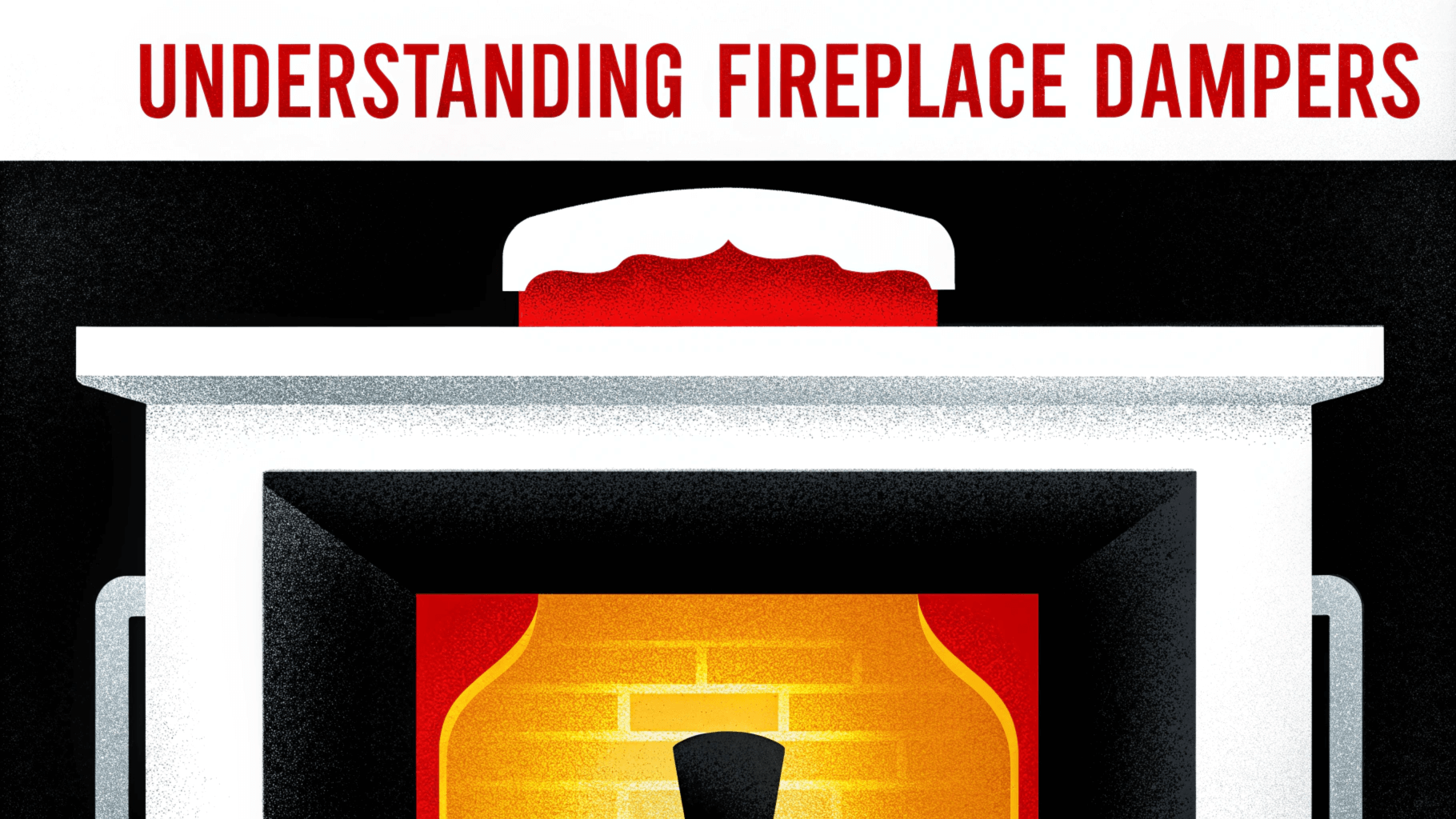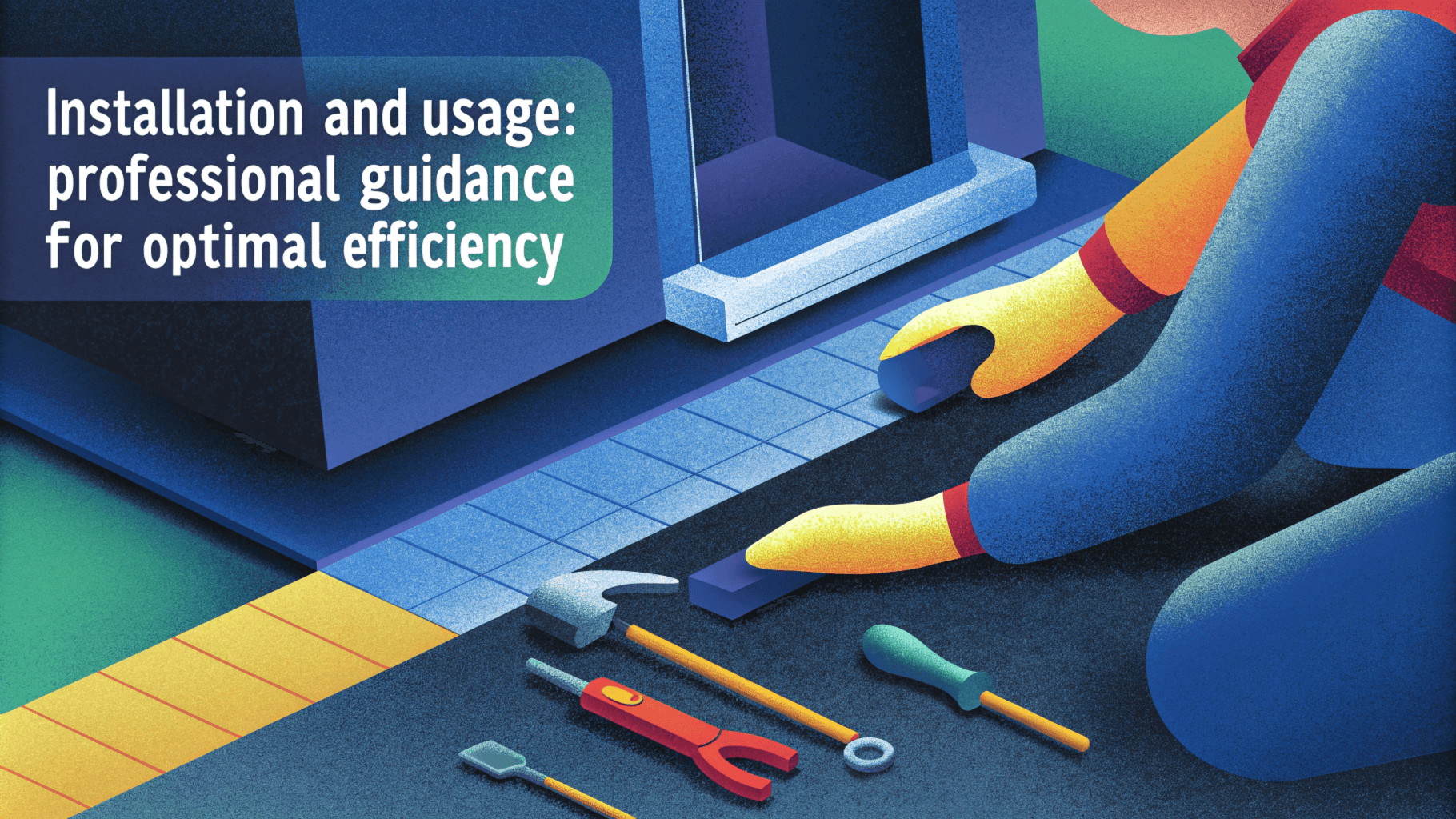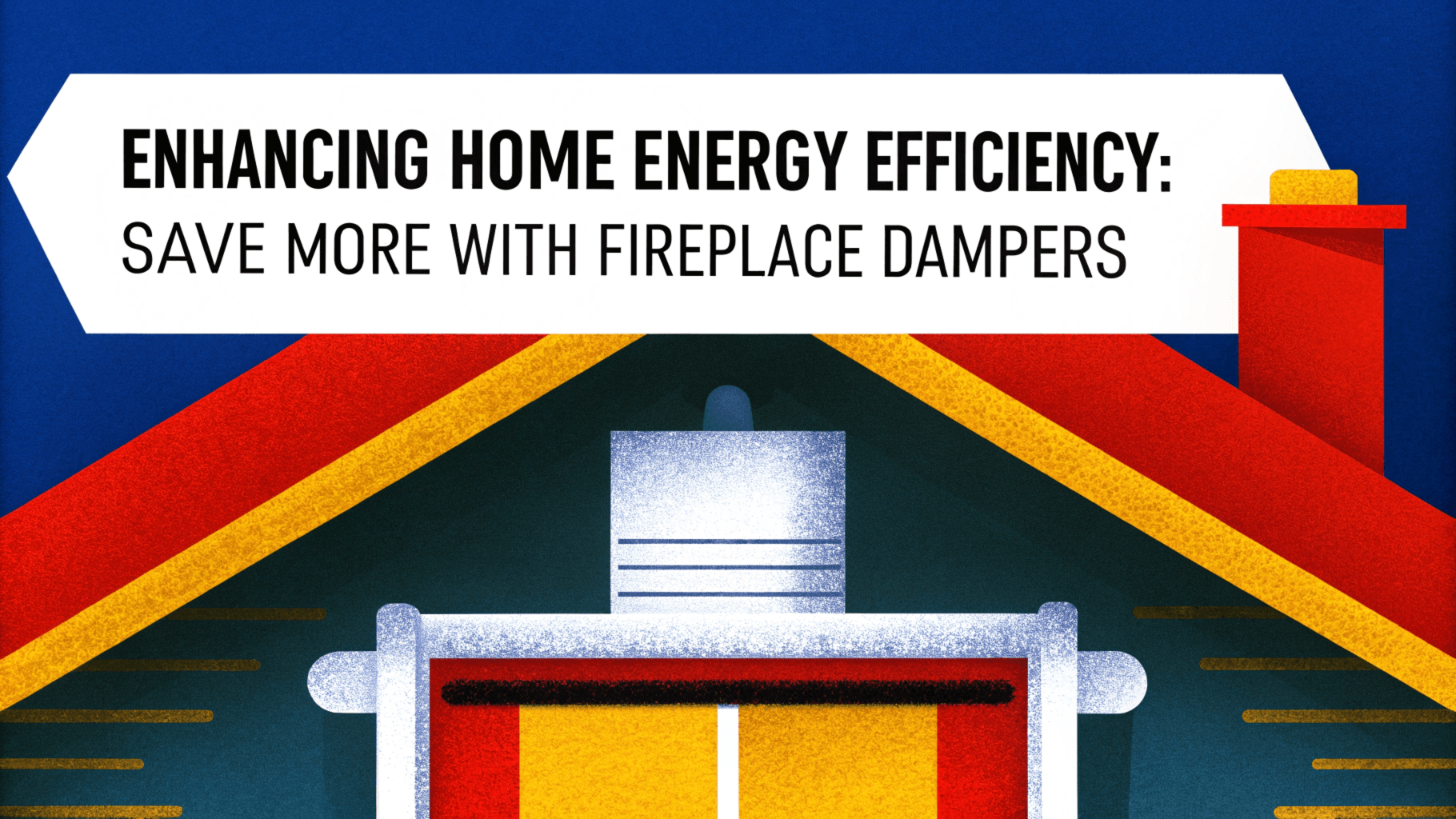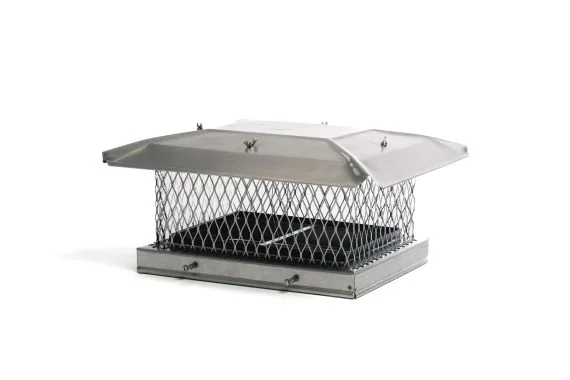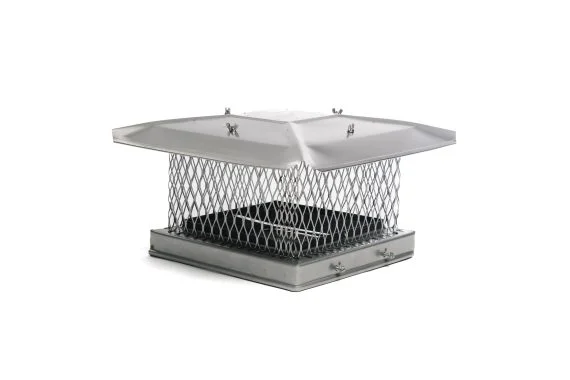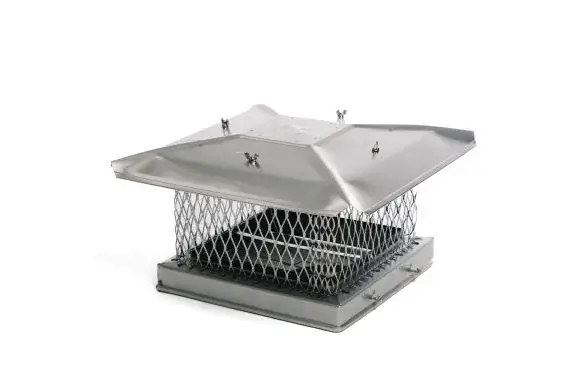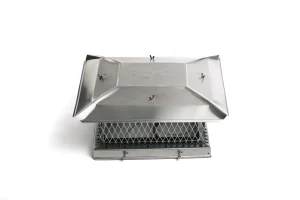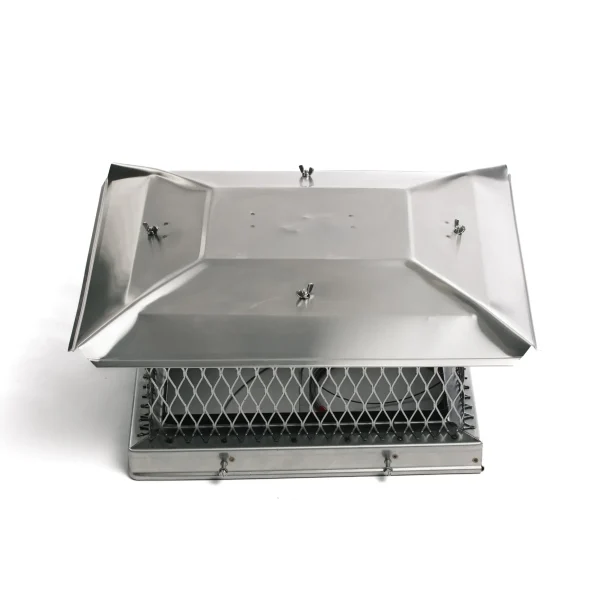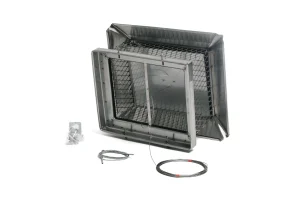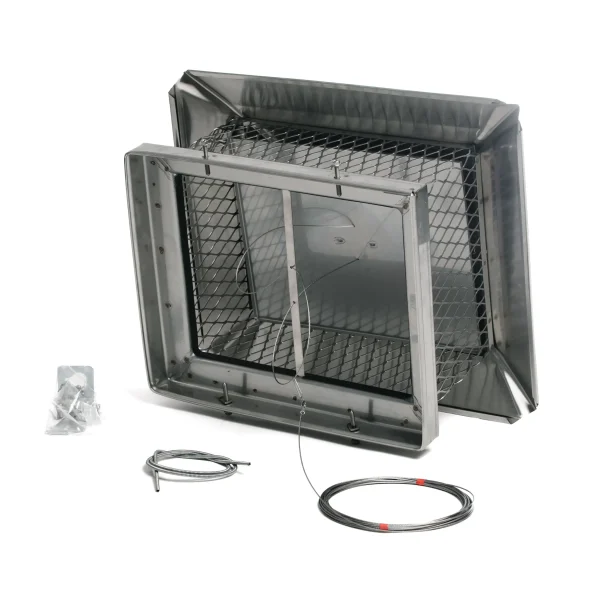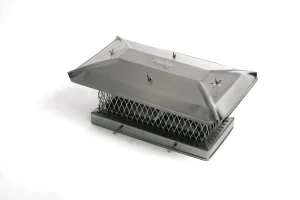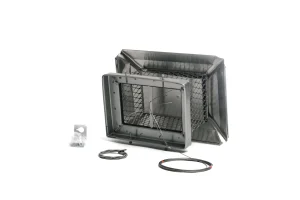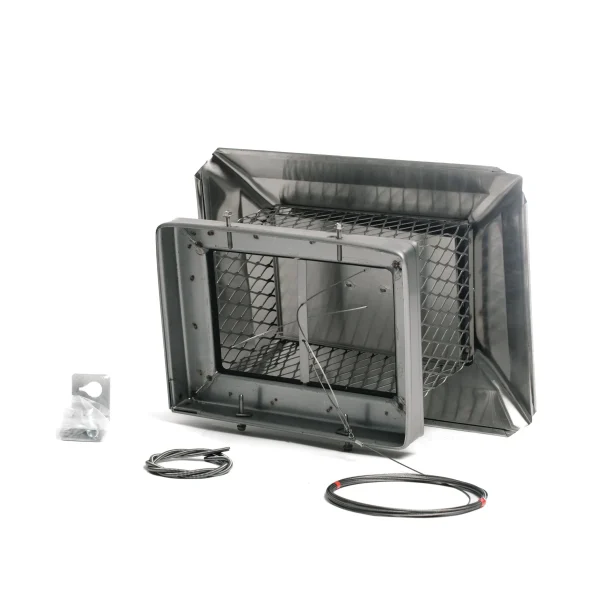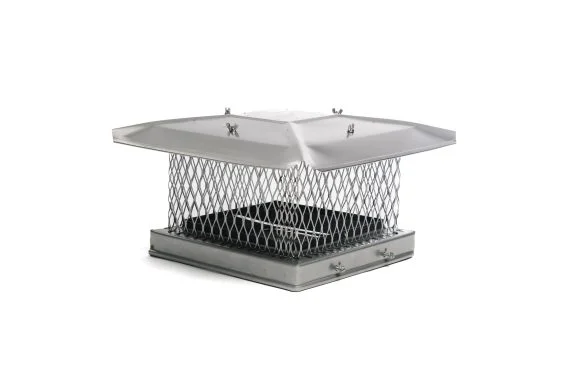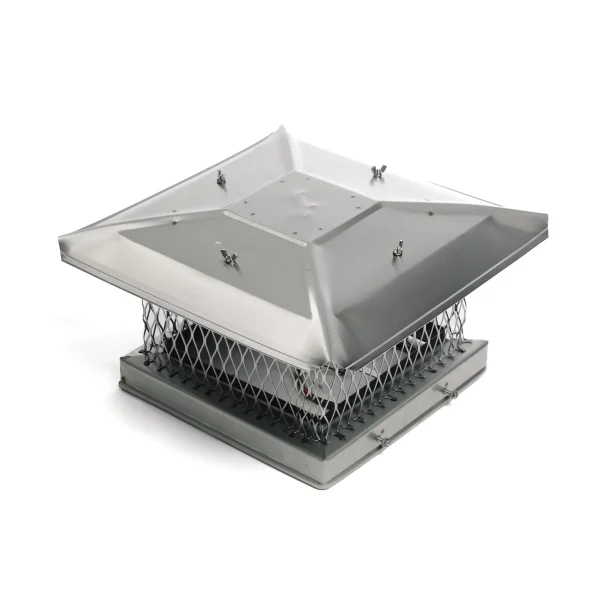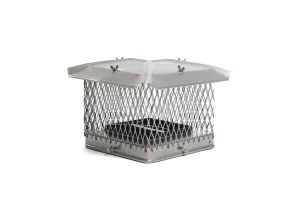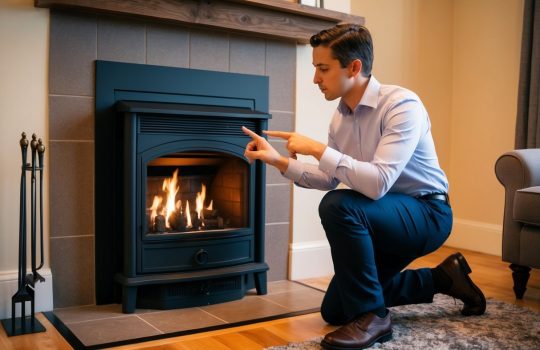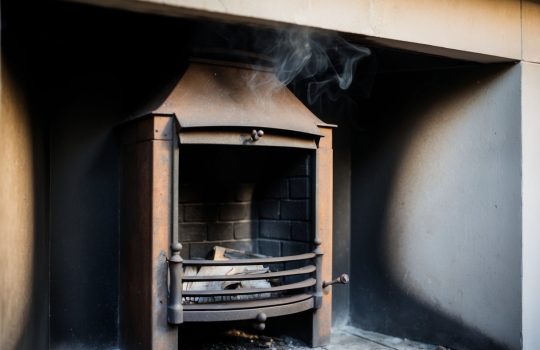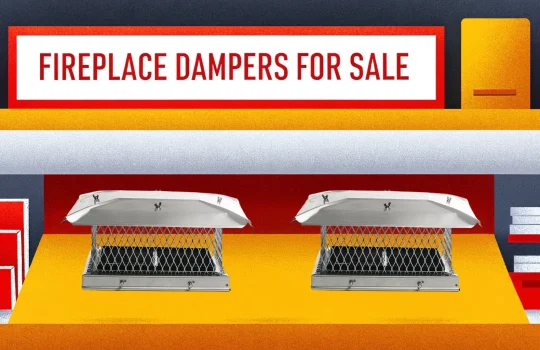As we gather around our fireplaces during the colder months, it’s crucial to understand an essential component that ensures efficiency and safety: the fireplace damper. A fireplace damper is a device that regulates airflow through the chimney, helping to manage smoke and gases while keeping heated air from escaping when the fireplace is not in use. By controlling the flow of air, dampers also contribute to the energy efficiency of our homes.
There are different types of fireplace dampers, each serving the function of opening and closing the chimney. Throat dampers are commonly found at the base of the chimney and can be operated using a handle or crank, often made from cast iron or steel. On the other hand, chimney cap dampers, found at the top, add an extra layer of protection by sealing the flue from external elements when closed.
Choosing the right damper depends on various factors, including the type of fireplace and specific needs for energy efficiency and maintenance. It is important for us to recognize the benefits of well-maintained dampers, not only for comfort but also for ensuring the safe operation of our fireplaces.
Key Takeaways
- Dampers regulate airflow and enhance fireplace efficiency.
- Different damper types offer various mechanisms and benefits.
- Maintenance improves safety and prolongs damper lifespan.
Understanding Fireplace Dampers
In the realm of fireplaces, dampers play an essential role in optimizing performance and safety. They are critical for managing energy efficiency, ventilation, and controlling heat loss. Let’s explore how they function and the various types available.
Purpose and Functionality
Fireplace dampers act as regulators within the chimney system. Positioned strategically, they control airflow to ensure balanced combustion when fireplaces aren’t in use. Their primary function is to prevent warm air from escaping, enhancing energy efficiency by minimizing heat loss.
Dampers also contribute significantly to safety. By regulating ventilation, they help manage smoke and other combustion byproducts. This not only keeps the indoor air quality at its peak but also protects against potential hazards. Effective damper use means ensuring it is open before lighting a fire to allow smoke to exit freely.
Different Types of Fireplace Dampers
Several damper types cater to various needs, each with unique attributes. Throat dampers are located just above the firebox and are quite traditional. Top-sealing dampers, on the other hand, sit at the chimney cap, providing an airtight seal to prevent drafts.
Rotary dampers and flue dampers are often used in stove systems, offering nuanced control over airflow. We also have automatic dampers, which adjust themselves based on temperature or smoke levels, enhancing convenience and efficiency.
Each type, from chimney cap dampers to manual styles, serves the shared goal of improving fireplace efficiency and safety. Selecting the right damper involves considering the specific requirements of the fireplace setup and personal preference for manual or automatic systems.
Installation and Usage
In this section, we explore key considerations for installing fireplace dampers and the differences between manual and automatic operation. Understanding these points is crucial for ensuring safety, efficiency, and compliance with building standards.
Professional Installation Essentials
Damper installation is a critical process that can affect the efficiency and safety of your fireplace. We recommend hiring a professional to handle this task. Professionals have the knowledge to ensure dampers are installed correctly, adhering to local building codes and regulations. They can also help you choose the right type, whether it’s a throat damper or a more advanced option.
Installation costs can vary depending on the design and material. A cast-iron damper, for example, might range between $150 and $250. It’s vital to include labor costs in your budget. Hiring a professional often results in long-term savings by preventing issues that might arise from an improper installation, like blockage or improper airflow.
Manual vs. Automatic Operation
When it comes to operation, we can choose between manual and automatic dampers. Manual dampers are operated by hand, usually with a lever or handle, providing direct control over the airflow. This option can be economical but might require more maintenance over time.
Automatic dampers, on the other hand, offer convenience by responding to temperature changes or remote controls. This can result in better energy efficiency by automatically sealing the fireplace when not in use. While automatic systems are often more expensive upfront, they can enhance convenience and efficiency. It’s important to consider your lifestyle and preference when deciding between these options.
Maintenance and Safety Concerns
Maintaining a fireplace damper is crucial to ensure its effectiveness and safety. Regular cleaning and inspection prevent unwanted issues, while understanding potential risks helps us avoid hazards.
Regular Cleaning and Inspection
Regular cleaning and inspection of fireplace dampers are vital to their longevity and proper function. We should thoroughly inspect for rust, corrosion, and wear on components like the damper plate and hinges. Ensuring these parts are in good condition helps avoid chimney flue blockages.
Scheduling professional inspections at least once a year is essential. This not only keeps the dampers functional but also helps avoid carbon monoxide poisoning risks. Regular maintenance prevents the buildup of creosote and debris, which could lead to potential chimney fires or carbon monoxide leaks.
Preventing Common Issues
Preventing common issues with fireplace dampers requires proactive measures. To avoid drafts and downdrafts, we ensure the damper seals correctly when closed. A well-sealed damper prevents cold air from entering and heat from escaping our homes.
Installing a chimney cap can deter birds and rodents from nesting in the chimney, reducing blockage risks. Chimney balloons might be used as a temporary solution to prevent drafts when the fireplace is not in use. Damper replacement becomes necessary when we notice significant wear or if issues persist despite maintenance, ensuring our fireplace remains safe and efficient.
Enhancing Home Energy Efficiency
Effective management of our home’s energy efficiency involves reducing heat loss and improving the performance of heating and air conditioning systems. By making certain adjustments, we can enjoy a more comfortable living environment and potentially lower energy costs.
Reducing Heat Loss
To prevent drafts and heat loss, one of the key components is the fireplace damper. Using a top-mount damper installed at the chimney’s top can create an air-tight seal when closed. This setup prevents cold air from entering the home.
Glass doors installed on fireplaces can further reduce heat escape. We should also evaluate the fireplace’s insulation to ensure that energy efficiency is maximized. By taking these steps, we can ensure that our living space remains cozy during the colder months while minimizing energy waste.
Benefits for Heating and Air Conditioning
By effectively managing heat loss, heating systems require less energy to maintain desired temperatures. Our heating efficiency improves, leading to lower utility bills. In summer, preventing drafts helps our air conditioning systems maintain cooler indoor temperatures without excessive effort.
Utilizing energy-efficient appliances and maintaining optimal home insulation levels further supports efforts to enhance overall energy performance. High-quality dampers and efficient fireplaces contribute to the home’s energy balance, ensuring comfort year-round. These measures form a comprehensive approach to enhancing our home’s energy efficiency.
Upgrade Your Fireplace with Our Premium Top-Sealing Dampers
Looking for the ultimate solution to improve your fireplace’s efficiency and safety? Our high-quality top-sealing dampers are specifically designed to provide superior performance. These dampers not only prevent heat loss but also enhance your home’s comfort while reducing energy costs.
Top-sealing dampers are the modern homeowner’s choice for maximum efficiency and durability. Here’s why our top-sealing dampers stand out:
- Superior Energy Efficiency: Airtight seal prevents heat loss and cold drafts.
- Durable Construction: Made from high-quality materials to withstand harsh weather conditions.
- Easy Operation: Simple to use with a reliable sealing mechanism.
- Protects Against Debris: Keeps out rain, snow, animals, and debris for a safer chimney.
- Cost Savings: Reduces energy bills by minimizing heat escape through the chimney.
- Enhanced Longevity: Protects your chimney and flue from wear and tear, extending their lifespan.
Investing in a top-sealing damper is a smart choice to ensure your fireplace remains energy-efficient and safe. Our dampers combine functionality and durability, making them a valuable addition to your home.
Ready to upgrade your fireplace? Browse our premium top-sealing dampers today and experience the difference!
Need help with installation or have questions? Visit our Installation Instructions page for expert guidance or reach out to us directly. We’re here to assist you every step of the way.
Frequently Asked Questions
In this section, we address common questions about fireplace dampers to provide clarity on their function, types, placement, replacement steps, efficiency considerations, and replacement costs.
How do fireplace dampers function?
Fireplace dampers work as gateways in chimneys, regulating airflow and smoke release. By opening or closing the damper, we control the movement of air and smoke, necessary for both safety and efficiency.
What are the different types of fireplace dampers available?
Two primary types exist: throat dampers and top-sealing dampers. Throat dampers reside near the base of the chimney, while top-sealing dampers are installed at the chimney’s top, offering better insulation.
Where can you typically find a damper in a fireplace?
Typically, dampers can be located in two positions. Throat dampers are found just above the fireplace, while top-sealing dampers are positioned at the top of the chimney.
What are the steps involved in replacing a fireplace damper?
Replacing a fireplace damper involves removing the existing damper, measuring for a proper fit, purchasing a suitable replacement, and installing the new damper securely in its place. Professional help may be necessary to ensure safety and accuracy.
Is it more efficient to keep the fireplace damper open or closed for heating?
For optimal heating efficiency, keeping the damper closed when the fireplace is not in use prevents heat loss. An open damper allows warm air to escape, reducing heating efficiency.
What is the average cost for replacing a fireplace damper?
The cost of replacing a fireplace damper varies based on the type and installation method. Generally, prices range from $150 to $500, including professional installation, but this can vary significantly based on location and complexity.

